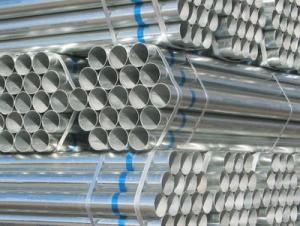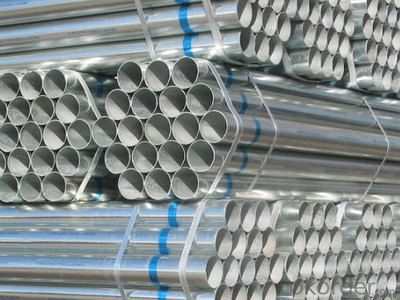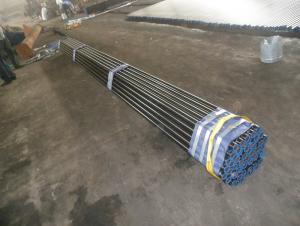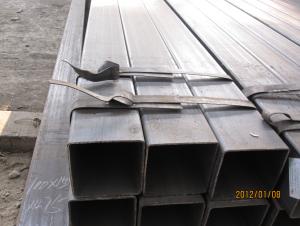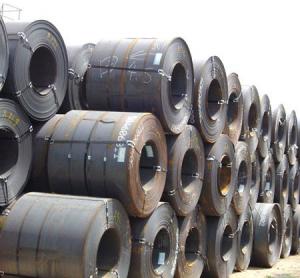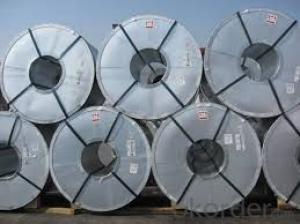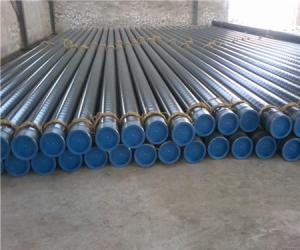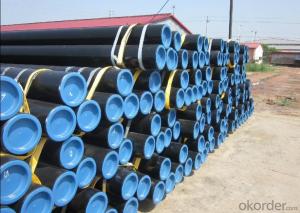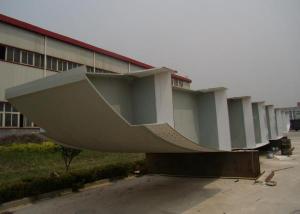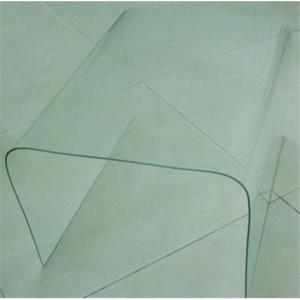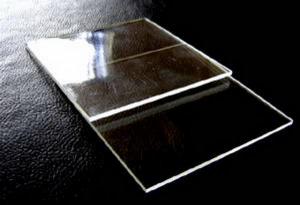Hot Rolled Galvanized Steel Pipe-DN25
- Loading Port:
- China Main Port
- Payment Terms:
- TT or LC
- Min Order Qty:
- -
- Supply Capability:
- -
OKorder Service Pledge
OKorder Financial Service
You Might Also Like
Hot Rolled Galvanized Steel Pipe-DN25
Main Structure
Length:2-12m,Size:20-219MM
Wall Thickness:0.5-10mm
zinc coated:60-500g/m2
Specifications
Size | OD | 1/2-8” (20mm-219mm) |
Wall Thickness | 0.5mm-10mm SCH30,SCH40,STD,XS,SCH80,SCH160,XXS etc. | |
Length | Less than 12m | |
Steel material | Q195 → Grade B, SS330,SPHC, S185 Q215 → Grade C,CS Type B,SS330, SPHC Q235 → Grade D,SS400,S235JR,S235JO,S235J2 Q345 → SS500,ST52 | |
Standard | BS EN10296,BS EN10025,BS EN10297,BS6323, BSEN10219,BSEN10217,GB/T13793-1992,GB/T14291-2006 GB/T3091-1993,GB/T3092-1993,GB3640-88 | |
Usage | Used For Structure, Accessorize And Construction | |
Ends | 1) Plain 2) Beveled 3) Thread with Coupling or cap | |
End protector | 1) Plastic pipe cap 2) Iron protector | |
Surface Treatment | 1) Bared 2) Black Painted (varnish coating) 3) Galvanized 4) With Oiled 5) 3 PE, FBE, corrosion resistant coating | |
Technique | Electronic Resistance Welded (ERW ) Electronic Fusion Welded (EFW) Double Submerged Arc Welded (DSAW) | |
Type | Welded Pipe | |
Welded Line Type | Longitudinal | |
Section Shape | Round | |
Inspection | With Hydraulic Testing, Eddy Current , Infrared Test | |
Package | 1) Bundle, 2) In Bulk 3) Bags 4) Clients' Requirements | |
Delivery | 1) Container 2) Bulk carrier | |
Port of Shipment | Xingang Port,Tianjin, China | |
Date of Delivery | According To The Quantity And Specification Of Each Order | |
Payment | L/C T/T | |
Others | Fitting as screws and flange also can be supplied. | |
FAQ
Q: Why should you choose us:
A: 1. More than 10 years experience in this industry
2. 100,000 tons exporting per month
3. Professional foreign trade tea
4. OEM&ODM capacity
5. High quality assured & competitive price
6. Try our best to meet your needs & save your budget
7. Very popular in Southeast Asia, Africa, Mid-East and South America etc.
8. VIP membership system, first time customers and long-term cooperation customers can get extra discount on some products.
Picture

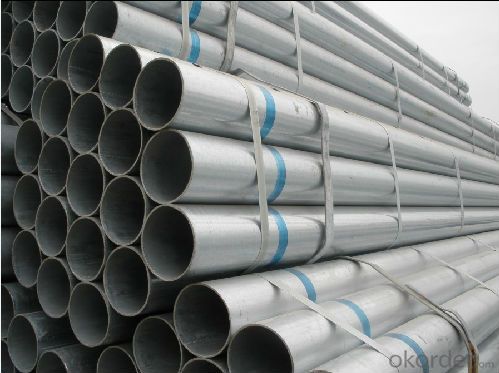
- Q: Okay so I tried to bake meringue cookiesWhen I shaped them in the aluminum foil and put it in the baking sheetIt kinda looked oily on the sides but the meringue itself is very frothyIs it bad?
- 1)electronic Configuration of Na11 electronic Configuration of F9 Sodium has 1 free electron in its outermaost orbitF has 7 electrons in its outermost orbitf accepts the free electron from Na and thus form NaF 2)electronic configurationof Al13 electronic Configuration of Cl17 Al has 3 free electrons in its outermaost orbitCl has 7 electrons in its outermost orbitSo 3Cl will have 21 electrons in their outermost orbitThey will need one electron each and totally 3 electrons to become stableThey accept the three extra electrons from Al to form AlCl_3 3)electronic configuration of Mg12 electronic configuration of N7 Mg_3 will have 6 free electronsN_2 needs 6 electrons to attain stabilityeach N atom accepts three electrons from mg_3 to form Mg_3N_2 All the bonds are coordinate bonds where there is no equal sharing of electrons.
- Q: What are the fitting production methods using stainless steel scrap?
- There are several fitting production methods that can be utilized when working with stainless steel scrap. These methods are effective in minimizing waste and maximizing the utilization of the available resources. One common method is the use of stainless steel scrap in the production of stainless steel fittings through the process of melting and casting. This involves melting the scrap stainless steel and pouring it into molds to create the desired fitting shapes. Another fitting production method is machining, which involves cutting, drilling, and shaping the stainless steel scrap to create fittings with precise dimensions and specifications. Machining is a versatile method that allows for the production of various types of fittings, from simple to complex designs. Welding is another commonly used production method for stainless steel fittings. This involves joining pieces of stainless steel scrap together using heat and pressure to create a strong and durable fitting. Welding is particularly suitable for creating fittings with intricate shapes or those that require a high level of strength. Additionally, stainless steel scrap can be used in the production of fittings through the process of cold forming. Cold forming involves deforming the stainless steel scrap at room temperature using mechanical force, such as bending or stretching, to create fittings with specific shapes and dimensions. Cold forming is often used for producing fittings with smooth surfaces and precise tolerances. Overall, the choice of fitting production method using stainless steel scrap depends on various factors, including the desired fitting design, functionality, and cost-effectiveness. By employing these fitting production methods, stainless steel scrap can be effectively utilized to create high-quality fittings while also promoting sustainability and resource efficiency.
- Q: How can stainless steel scrap be cleaned before recycling?
- To recycle stainless steel scrap, it is necessary to follow a few straightforward steps: 1. Begin by sorting and separating the stainless steel scrap from any other metals or non-metal materials. This guarantees that only stainless steel is being cleaned and recycled. 2. Eliminate surface contaminants like dirt, grease, or rust by using a wire brush or scrubbing pad. Scrub the stainless steel scrap in a circular motion until the surface is clean. 3. If the stainless steel scrap is heavily greased, it is advisable to use a degreaser specially formulated for stainless steel. Apply the degreaser to the surface, let it sit for a few minutes, rinse it off with water, and scrub away any remaining grease. 4. To remove adhesive residues such as stickers or tape, utilize a solvent or adhesive remover. Apply the solvent to the residue, let it sit for a few minutes, and then use a scraper or cloth to wipe away the residue. 5. After cleaning, rinse the stainless steel scrap with water to eliminate any remaining cleaning agents or residues. Ensure that the stainless steel is thoroughly dried using a clean cloth or by air-drying to prevent water spots or corrosion. It is important to note that before recycling stainless steel scrap, it is advisable to check with local recycling facilities or scrap metal buyers to confirm their acceptance of cleaned stainless steel and any specific requirements or guidelines for cleaning.
- Q: How do you prevent stainless steel strips from rusting?
- To prevent stainless steel strips from rusting, it is important to regularly clean them using mild soap and water, and dry them thoroughly afterwards. Additionally, applying a thin layer of oil or a specialized stainless steel cleaner can help create a protective barrier against moisture and prevent rust formation.
- Q: My friend put an icecream cookie wrapped in aluminum in the microwave for 6 seconds and for the first second it sparked up and there was smoke.Is that safe? should she eat it right this secon, right now? is there radiation?
- DS Versio has 2 StoriesThe Auto Bots and DecepticonsBut the Best is PS2It has a great gameplay and graphicsIt's the best.
- Q: What are the regulations concerning asbestos materials for air-conditioning pipes?
- Asbestos? Is yellow. We call this kind of insulation material of the "smoke cotton" seems to have asbestos asbestos on the breath of people with serious pollution of the fibers in the lungs can make cancer have seen some reports as countries banned the production and use of asbestos products but for extension do not know there is no limit. But the central air conditioning engineering has been used in the thermal insulation products (smoke cotton not asbestos) can play a role of flame retardant insulation corrosion protection of industrial products now more than the old even drink milk to eat a hamburger with no fear of danger.
- Q: How do steel sheets perform in low-temperature environments?
- In low-temperature environments, steel sheets typically demonstrate excellent performance. The presence of low temperatures does not significantly impact the mechanical properties of steel, such as its strength and toughness. Steel possesses a low coefficient of thermal expansion, which means it does not undergo significant contraction or expansion when exposed to temperature fluctuations. This characteristic enables steel sheets to maintain their shape and structural integrity even in cold conditions. Furthermore, steel exhibits remarkable resistance to brittle fracture at low temperatures. It possesses excellent impact resistance, allowing it to absorb energy without fracturing. As a result, steel sheets are suitable for use in low-temperature environments where materials must endure heavy loads or sudden impacts, such as in cold storage facilities or offshore structures in Arctic regions. It is important to note, however, that certain types of steel, particularly those with high carbon content or low alloy steels, may experience reduced toughness and ductility at extremely low temperatures. In such cases, specific precautions may be necessary. These precautions may include utilizing steel grades specially designed for low-temperature applications or implementing appropriate insulation measures to prevent rapid temperature changes. Overall, steel sheets are generally dependable and exhibit excellent performance in low-temperature environments due to their strength, toughness, and resistance to brittle fracture. Nevertheless, the precise performance of steel in cold conditions may vary depending on the composition and quality of the steel employed.
- Q: What are the different wire surface finishes available for stainless steel wire?
- Stainless steel wire offers various options for surface finishes, each with its own unique characteristics and advantages. Some commonly used finishes include the following: 1. Bright Annealed: This finish involves heating the wire to high temperatures and then rapidly cooling it, resulting in a surface that is bright and reflective. It offers excellent resistance to corrosion and is often preferred for applications where aesthetics play a crucial role, such as jewelry and architectural projects. 2. Pickled: To achieve this finish, the wire is immersed in an acid bath, which effectively removes impurities and oxides from the surface. The result is a clean and smooth wire, ideal for applications that require high levels of cleanliness, such as medical devices and food processing equipment. 3. Electro-Polished: This finish involves subjecting the wire to an electrolytic process that removes a thin layer of material from the surface, leaving it smooth and shiny. Electro-polished wire offers enhanced corrosion resistance and is commonly used in industries like pharmaceuticals, semiconductors, and biotechnology. 4. Passivated: To achieve this finish, the wire is treated with an oxidizing agent, such as nitric acid, to eliminate contaminants and create a protective oxide layer on the surface. Passivation enhances the wire's corrosion resistance and is often favored for marine or outdoor applications. 5. Satin: This finish is achieved by mechanically polishing the wire surface using abrasive materials, resulting in a brushed or satin-like appearance. It provides a decorative finish and is commonly used in furniture, automotive trims, or kitchen appliances. 6. Coated: This finish involves applying a protective coating, such as nylon or PVC, to the wire's surface. It offers additional protection against abrasion, chemicals, or moisture and is commonly used in applications where the wire may be exposed to harsh environments or requires insulation. These examples illustrate the range of surface finishes available for stainless steel wire. The choice of finish depends on specific application requirements, including corrosion resistance, aesthetics, cleanliness, or functionality. Consulting with a wire manufacturer or supplier can help determine the most suitable finish for a particular application.
- Q: How do steel H-beams compare to concrete beams in terms of cost and durability?
- There are distinct differences in cost and durability between steel H-beams and concrete beams. In terms of cost, steel H-beams are generally more affordable. This is because steel is readily available and the manufacturing process for H-beams is efficient, resulting in lower production costs. Additionally, steel H-beams can be fabricated off-site and delivered to the construction site, reducing labor costs and construction time. On the other hand, concrete beams require on-site casting, which can be time-consuming, and the materials involved in concrete beam construction can be more expensive. When it comes to durability, both steel H-beams and concrete beams have their strengths. Steel has high tensile strength, allowing it to withstand heavy loads and resist bending or warping. This makes steel H-beams a popular choice for structures that require long spans or have large load-bearing requirements. Concrete, on the other hand, has excellent compressive strength, making it suitable for withstanding vertical loads. Concrete beams also have the advantage of being fire-resistant, which is important in certain applications. However, it is important to note that steel is susceptible to corrosion if not properly protected. Without appropriate coatings or maintenance, steel H-beams can rust and deteriorate over time, reducing their durability. In contrast, concrete beams have a longer lifespan and are less prone to corrosion. Once properly cured, concrete beams can withstand environmental factors and have a longer service life compared to steel. In conclusion, steel H-beams offer cost advantages due to their affordability and ease of fabrication, while concrete beams are generally more durable with a longer lifespan. The choice between the two materials ultimately depends on the specific requirements of the project, including load capacities, span lengths, and environmental factors.
Send your message to us
Hot Rolled Galvanized Steel Pipe-DN25
- Loading Port:
- China Main Port
- Payment Terms:
- TT or LC
- Min Order Qty:
- -
- Supply Capability:
- -
OKorder Service Pledge
OKorder Financial Service
Similar products
Hot products
Hot Searches
Related keywords
